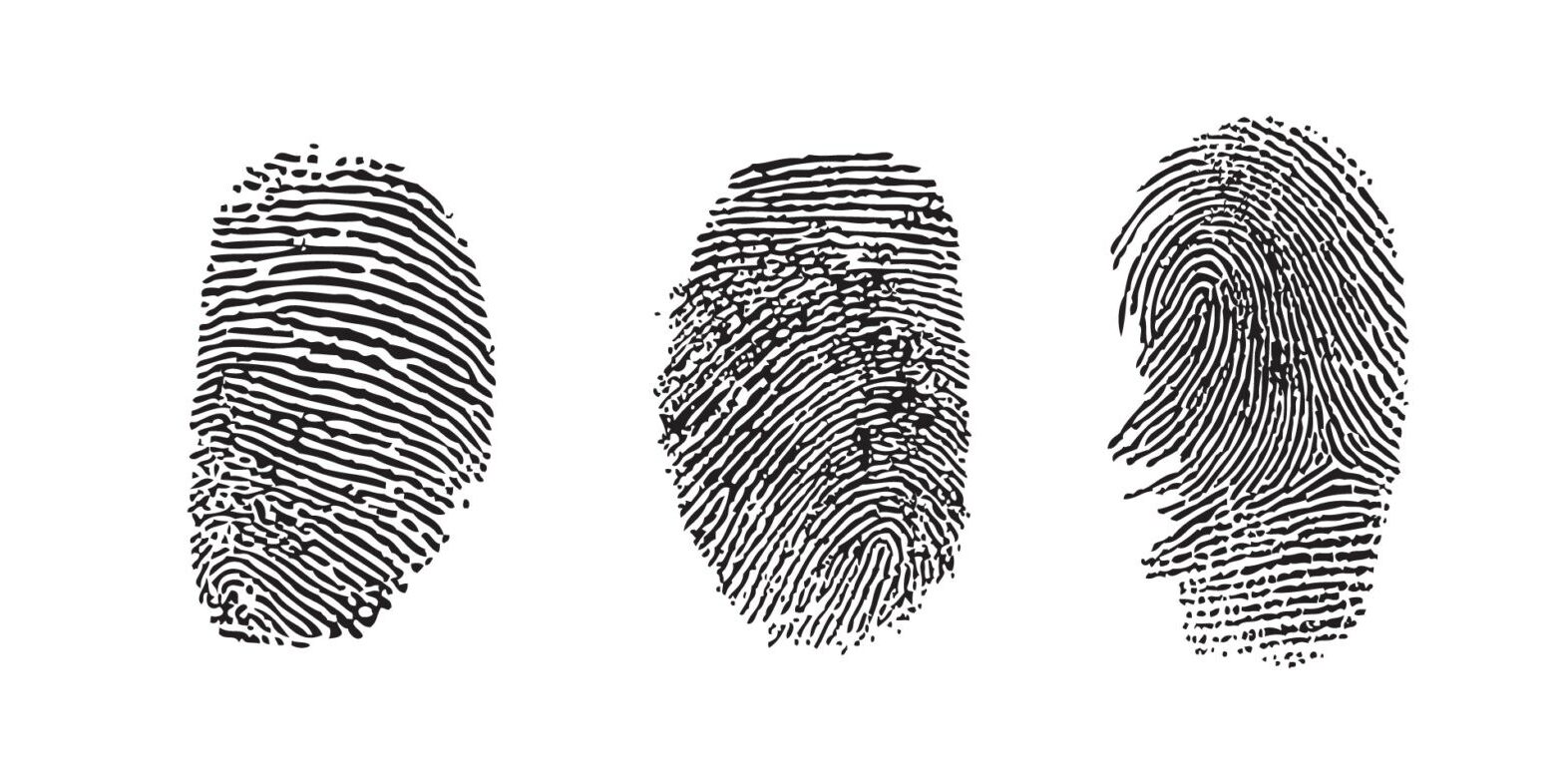
Can Fingerprints be Stolen?
Yes, fingerprints can be stolen by a variety of means. The theft of biometric data, particularly fingerprints, has recently emerged as a significant threat. This article delves into the various methods cybercriminals use to steal fingerprints and offers insights into safeguarding this sensitive data. Cybersecurity professionals must stay abreast of these developments to effectively counteract these threats.
Hacking Biometric Databases
The most straightforward method of fingerprint theft involves targeting databases where this data is stored. Cybercriminals aim to breach the defenses of databases maintained by governments, corporations, or technology firms. The sophistication of such attacks necessitates advanced security protocols, emphasizing the need for robust encryption and constant vigilance against breaches.
Intercepting Data Transmissions
Fingerprint data is often vulnerable during transmission for authentication purposes. Unencrypted or poorly encrypted data streams are prime targets for interception. Cybersecurity experts must ensure end-to-end encryption and secure channels to mitigate this risk.
Physical Methods of Theft
Beyond the digital realm, physical methods, such as lifting prints from surfaces or capturing them via high-resolution cameras, pose a significant risk. Awareness and education about securing physical spaces and handling devices are crucial to prevent such occurrences.
The Role of Malware and Spyware
The use of malicious software to capture fingerprint data from devices with biometric sensors is a growing concern. This method often involves deceiving the user to provide their fingerprint under false pretenses. Vigilance against malware, robust anti-virus software, and educating users about potential scams are critical defensive strategies.
The Creation and Use of Fake Fingerprints
Post-theft, the creation of fake fingerprints from stolen data adds another layer to the threat. These replicas can deceive biometric systems, calling for advanced security measures like liveness detection and multi-factor authentication.
Social Engineering and Phishing
Social engineering and phishing present indirect yet effective methods for biometric data theft. Cybersecurity professionals must prioritize educating users about these tactics to prevent inadvertent data leaks.
Conclusion
The theft of fingerprints and other biometric data presents a complex challenge for cybersecurity professionals. It necessitates a multi-faceted approach that combines technological solutions, user education, and constant vigilance. As biometric technologies become more prevalent, the importance of securing this type of data cannot be overstated. Cybersecurity professionals must stay ahead of the curve to protect against these evolving threats, ensuring the integrity and confidentiality of biometric data in an increasingly digital world.
Finally, see GateKeeper Enterprise advanced MFA in action.
Take a self-guided tour of how you can evolve from passwords. Then you're really saving time with automation.




